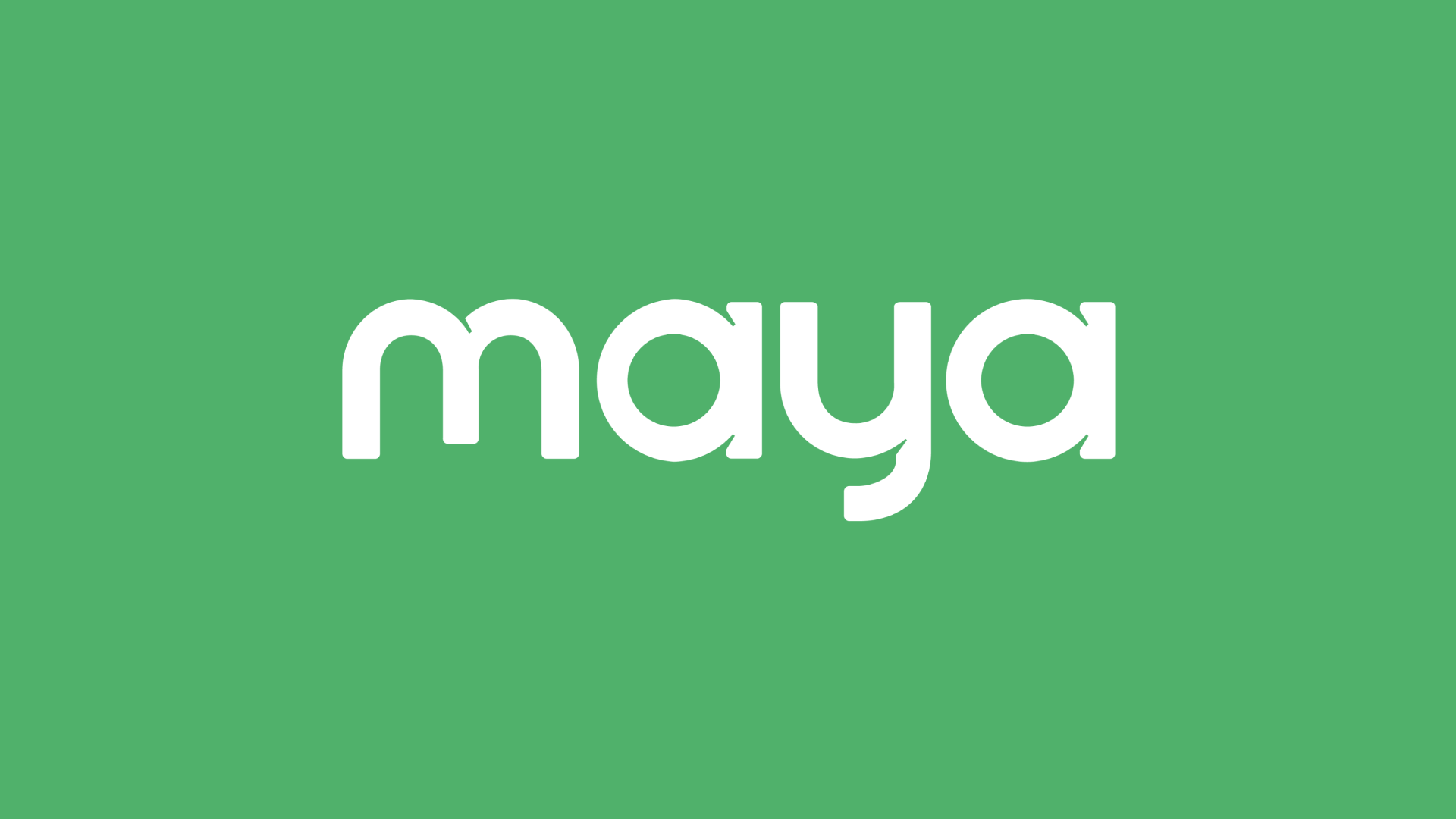
The recent roll-out of the QR Ph standard by the Bangko Sentral ng Pilipinas has largely removed the need to match QR codes with institution-specific reader apps, making QR code payment even more popular than it already was. As Filipinos continue to adopt digital payments like mobile wallets and direct bank transfers, simplified QR code payment is proving to be a key ingredient in making contactless transactions as secure as they are convenient.
If you run a brick-and-mortar store, chances are you’ve already had customers ask you if they could pay using a bank or e-wallet QR code. Deploying a QR code payment system like Maya QR into your operations can make it more convenient for customers to pay with their preferred methods and make your store’s point of sale (POS) system competitive.
If you want to make the most of your QR code POS system, it’s important to understand the differences between static and dynamic QR codes. While either can be used to accept payments, there are a few key differences in how they can be used and maximized within a typical physical store. Let’s examine the key differences between these two QR code types:
What Is a Static QR Code?
As the term “static” suggests, a static QR code contains information that cannot be altered after it’s generated. A static payment QR codewill typically contain fixed payment information, such as the recipient's account details (e.g., bank account or digital wallet address). Static payment QR codes are typically used for one-time payments or when the payment information does not change frequently.
After a static payment QR code is generated, the image file can be emailed, sent over messenger applications, posted on websites, or printed on a suitable medium to accept payments. To pay, all a customer needs to do is use their device’s QR reader to scan your code, input the needed amount, and confirm the transaction.
What Is a Dynamic QR Code?
Unlike static QR codes, dynamic QR codes are not pre-populated with fixed information. Instead, they act as placeholders that link to an online server where payment details are generated in real time. When used for payments, a dynamic QR code framework enables codes to accommodate changing amounts and other transaction details as the sale is processed. As such, when a customer pays in-store, your cashier only needs to input the payment amount into a POS device like the Maya Terminal or the Maya Terminal Lite, and then that same device will generate the QR code that the customer can scan. No need for the customer to enter the amount like they have to do when paying via a static QR code.
Which QR Code Type Should Your Offer to Customers?
In most retail scenarios, a customer scanning a static QR payment code will have to manually input the payment amount, leaving some room for human error. With a dynamically generated QR payment code, customers only need to scan the code and the payment details—including the correct amount—are generated in real-time by the server. This reduces the potential for errors and simplifies the payment process.
That said, many customers still prefer to pay through static QR codes because of their familiarity and simplicity. Additionally, some customers may feel that static codes leave less room for hidden fees. In the end, there’s no reason why you can’t offer both types of QR code payments to cater to all your customers’ preferences.
Where to Place Your Static QR Payment Code
You can strategically position static payment codes to encourage convenient contactless payments. Consider placing your static QR codes in the following parts of your store:
Where Can Customers Scan a Dynamic QR Code In-Store?
Because of how dynamic QR payment codes work in a physical retail setting, they are not usually printed out before scanning. Rather, once they’re generated on your POS terminal, your customer has to scan the code on the device’s screen. The Maya Terminal and Maya Terminal Lite can both generate dynamic QR payment codes that your customers can scan for convenient payments.
If your store also has an e-commerce component, your online customers will be able to choose a dynamic QR payment code as a payment option if your store uses a payment portal like Maya Checkout. Similarly, you’ll be able to send customers dynamic QR payment codes over chat and email through link payment solutions like Maya Payment Links.
Offer a Secure and Convenient Shopping Experience with Maya QR
For QR code payment, Philippines-based businesses can truly depend on Maya Business. Maya QR and POS solutions like the Maya Terminal let your physical store offer more convenience in a diverse digital payment environment. Create your Maya Business Manager account today to set up your first QR payments and get your free Maya QR kit.
Once you’ve set up your Maya Business Manager account, you’ll also be entitled to the Maya 1-2-3 Grow bundle. This special offer gives you a 1% MDR discount on all QR Ph sales for 3 months after signing up. This translates to PHP 14,600 in savings for every PHP 1 million in QR Ph sales. As part of the Maya 1-2-3 Grow bundle, you can also enjoy the benefits of using Maya Business Deposit as your settlement account. With an industry-leading 2.5% per annum interest rate, you’ll earn PHP 25,000 in interest per year on a PHP 1 million deposit. Signing up also qualifies you for a Maya Flexi Loan offer of up to PHP 2 million in only 3 months, allowing you to have another funding source to further develop your e-commerce site. Set up your Maya Business Manager today to enjoy the benefits of Maya 1-2-3 Grow and to get your Maya QR kit.
Merchant inquiries:
Maya is powered by the country's only end-to-end digital payments company Maya Philippines, Inc. and Maya Bank, Inc. for digital banking services. Maya Philippines, Inc. and Maya Bank, Inc. are regulated by the Bangko Sentral ng Pilipinas.
www.bsp.gov.ph